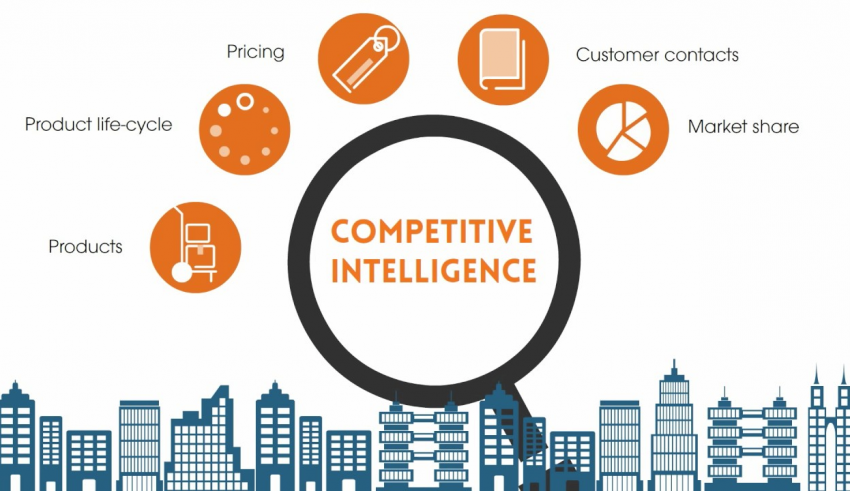
Competitive intelligence is the practice of gathering and analyzing a company’s market information and intelligence to be used to gain a competitive advantage in business. Competitive intelligence can also refer to obtaining competitive insights from public sources, such as business and financial news, social media sites, industry associations, trade journals, web-based forums, or other publicly available data sources.
The Types of Services NetBase Quid can Provide to Their Clients:
1. M&A Analysis.
It can provide the business with a clear picture of the market share of their competition in terms of product sales and profits across geographical areas such as US vs. Europe or US vs. Asia or the US vs. Latin America or China vs. Japan etc.
2. Identify the company that will be your next M&A buyout target and develops a comprehensive strategy before they do. Such information can help companies to avoid potential mistakes and negotiate favorable deals between parties while also helping them better to assess the value of a potential acquisition target.
3. Competitive Analysis.
This competitive analysis process can also provide businesses with valuable information on how they should strike their competitive strategy and how to improve business operations, especially in terms of production capacities, sales, marketing and distribution system, new product development, and any other critical component related to achieving business success.
4. Competitive benchmarking reports and benchmarking analysis can help companies learn what their direct competitors are doing well and what they are not doing well, as well as how their competition is outperforming them regarding product sales revenues.
Tools Used in competitive intelligence Leading Companies to Make Better Business Decisions.
1. Moat.
Moat provides a unique source of competitive analysis, allowing companies to understand what the competition is doing to gain business share and how they engage with the industry at large. It helps businesses to identify emerging companies that might become future competitors, analyze their products and strategic approach, determine how the competition is positioned in their industry, and track industry shifts by comparing data on a wide range of metrics.
2. SimilarWeb.
This tool helps businesses to analyze their competitors through the comparison of website metrics. It can also generate a report that provides the industry standard comparison of web metrics and a ranked list of web-based competitors. The information will help companies to identify their top 10 competitors based on metrics such as keywords searched, page views, page loading speed, number of visits, and more.
3. Crayon.
Crayon provides some of the most advanced tools for competitive analysis. It helps businesses save time and money by providing a wealth of information on consumer behavior, including buying preferences and trends, customer journeys, segmentation, and more.
4. Wappalyzer.
Wappalyzer is a simple plugin that allows users to view the technologies and the different software solutions of their competitors, including both front and back end. It also compares the website’s Latest news and updates, technical details such as the hosting services used, data privacy, and security policies for the websites.
5. CanIRank.
CanIRank helps businesses understand their competitors’ online behavioral trends and how they perform in online campaigns. They can also gain insight into how their competitors rank websites against each other based on real page visit numbers. It’s an excellent tool to learn what search engines have determined that users have been searching for in terms of keywords and where they discovered one could find these keywords on rival service providers’ sites or by themselves through social media platforms such as Twitter and Facebook.
Competitive Intelligence Services, tools, and strategies play an essential role for a company in managing its business, operations, and investments successfully by improving its decision-making capabilities.















